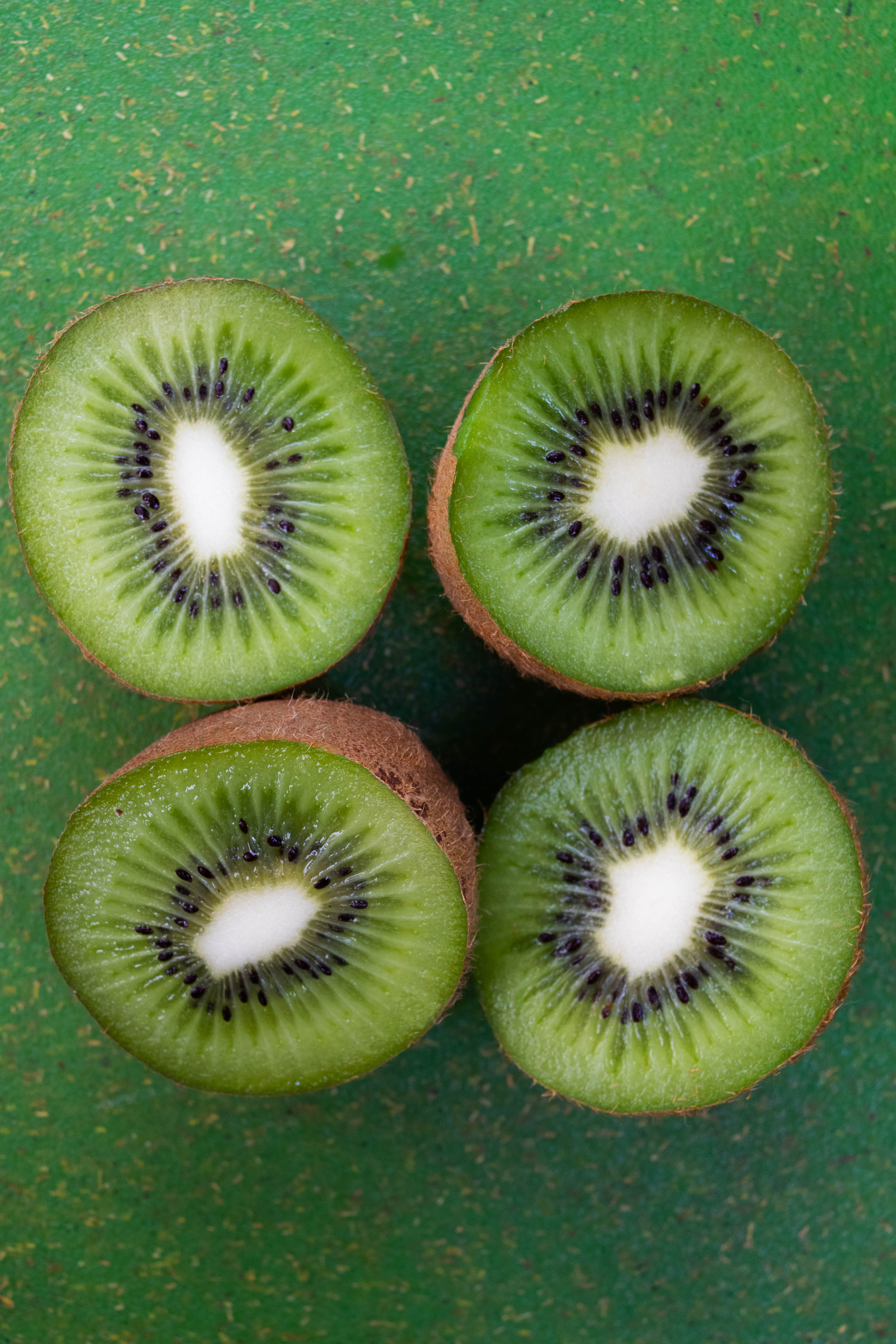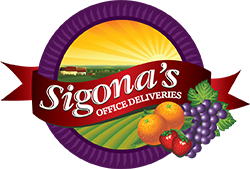Local Kiwi Season Is Here!

The Kiwifruit (née ‘The Strawberry Peach’)
The new local crop of kiwifruit is in, and we’re excited to bring it to your workplace!
We’re headed into the heart of the harvest: the California season started earlier this month and runs through May. Right now, we’re getting our kiwifruit from several counties: Butte, Sutter, and Yuba to the north; and Fresno, Kings, and Tulare to our south. In fact, 98% of all kiwifruit consumed in the US comes from California (The remaining 2% come from Chile, Italy, and New Zealand).
Of the 40 varieties in the US, the largest and sweetest is the Hayward variety. With sweet-tasting flesh and tart skin (the way a plum can be), its brown skin is fuzzy and the flesh inside is a vivid green, with a lighter center surrounded by a circle of tiny black seeds. All of it is edible. Whether you peel the skin or eat the fruit whole is a matter of personal taste.
Small fruit, big punch.
According to a study at Rutgers University, ounce for ounce, kiwifruit are more nutrient-dense than 27 other fruits! The skin, in particular, adds more nutrients: it’s high in folate and Vitamin E. But wait, there’s more! (Sorry, we couldn’t resist.) Eat the skin and you’ll boost the fiber by half.
And if you want something different in your post-lunch workout snack, the kiwifruit is your new best friend. With more electrolyte-replenishing potassium than a banana, it’ll shorten your muscle recovery time.
How did a Chinese gooseberry become a kiwi, anyway?
Though we associate the kiwifruit with New Zealand, that’s not where it came from. It originated in China. Known as “Chinese gooseberry” for the first 50 years it was grown in New Zealand, its original name within China translates not to gooseberry, but to ‘strawberry peach.’
Its commercial success story is a tale mixing good fortune with marketing savvy.
In 1904, a visitor to China brought seeds home to New Zealand and gave them to a local farmer. He planted them, and the vines that grew bore their first fruits a few years later. Growers in the US and UK tried to grow them around the same time, but unlike their New Zealand counterparts, their efforts yielded nothing.
Fast forward 50 years, and marketing kicked in. Exporters wanted a name they deemed more commercially viable for the American market. ‘Kiwifruit’ was born, a nod to its New Zealand connections and its (admittedly vague) resemblance to the small flightless national bird. And it didn’t hurt that New Zealanders refer to themselves as kiwis (and that started with New Zealand soldiers during World War I).
Find California kiwifruit in your baskets and boxes all season. If you're wanting more delicious kiwifruit add-on more to your next order!



